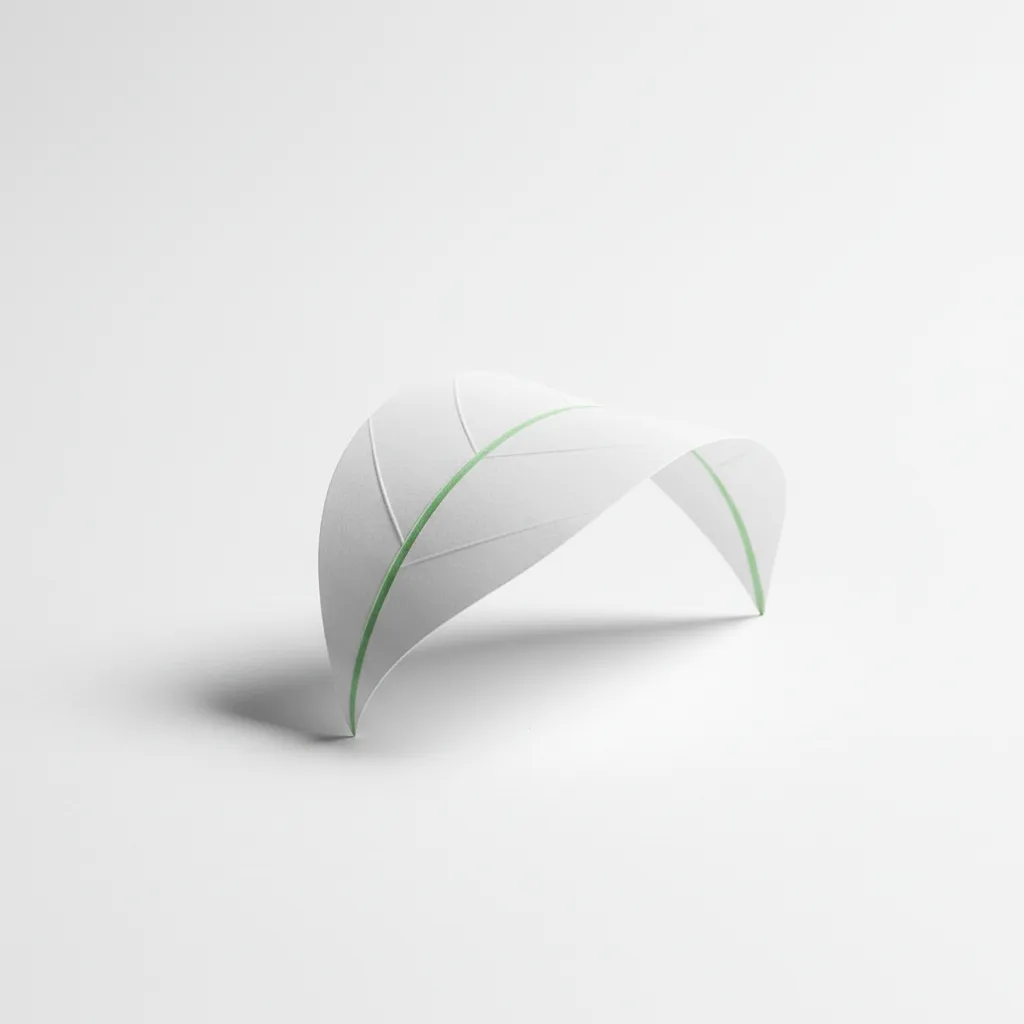The Hidden Environmental Cost of the Printed Purchase Order
Going paperless isn't just good for business; it's vital for the planet. Learn how digital PO processing saves trees, water, and carbon.
PO2Order Team
Editor in Chief

We often think of “digital transformation” in terms of profit, but the ecological impact is just as staggering. In the B2B supply chain, the “Printed Purchase Order” is an environmental villain.
The Carbon Footprint of Paper
The paper industry is the 5th largest consumer of energy globally. Producing a single sheet of A4 paper requires up to 13 liters of water.
When a B2B buyer prints a PO, scans it, and emails it—or worse, mails it physically—they are engaging in a cycle of waste.
- Deforestation: 40% of commercially cut timber is used for paper.
- Waste: Paper accounts for 26% of landfill waste.
- Emissions: A 10% reduction in office paper use could slash greenhouse gas emissions by 1.6 million tons.
The “Print-Scan-Shred” Cycle
The irony of modern B2B is that most POs start digital (in an ERP like SAP), get printed to be signed or reviewed, scanned back into a PDF, emailed, printed again by the receiver to be keyed in, and then shredded.
This “Print-Scan-Shred” cycle is pure waste.
How Extraction is Green Tech
Automated PDF extraction stops this cycle.
- Buyer generates digital PDF.
- Buyer emails digital PDF.
- AI reads digital PDF.
- Order enters Shopify digitally.
No paper is ever created. No toner is used. No physical shipping of documents occurs.
By moving to a fully digital ingestion workflow with PO2Order, a mid-sized distributor processing 20,000 orders a year saves approximately:
- 200,000 sheets of paper (assuming 10 pages per order lifecycle).
- 24 trees.
- 260,000 liters of water.
Sustainability isn’t just about solar panels. Sometimes, it’s just about not pressing “Print.”


